Einstieg in die Architektur reaktiver Softwaresysteme

Speaker
Alexander Troppmann
Software Craftsman & Architect
- software architecture
- full-stack development
- DevOps / k8s & cloud
- training for dev teams
- agile transformation


a slightly opinionated time travel ;)
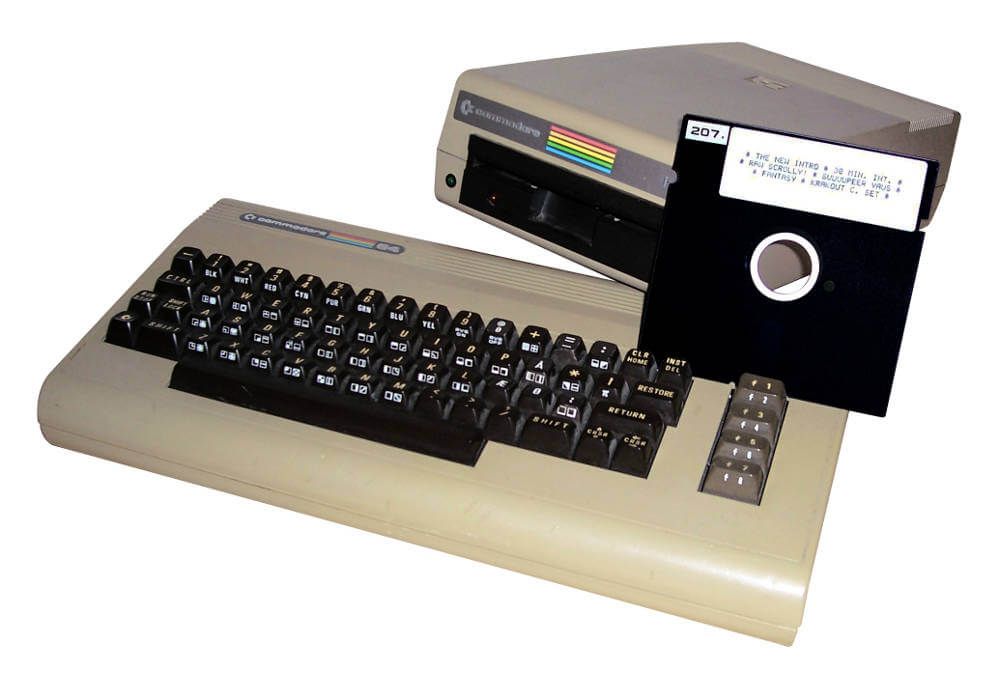
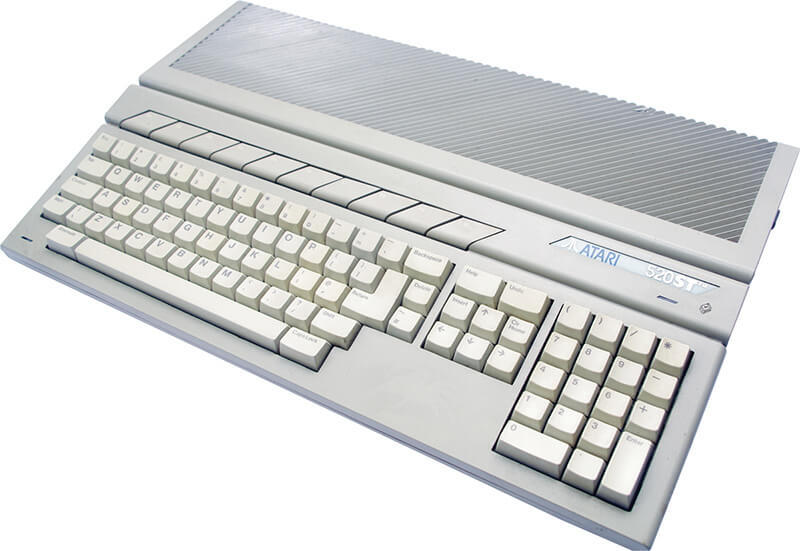





Monolithic Software Architecture
Monolithic Software Architecture
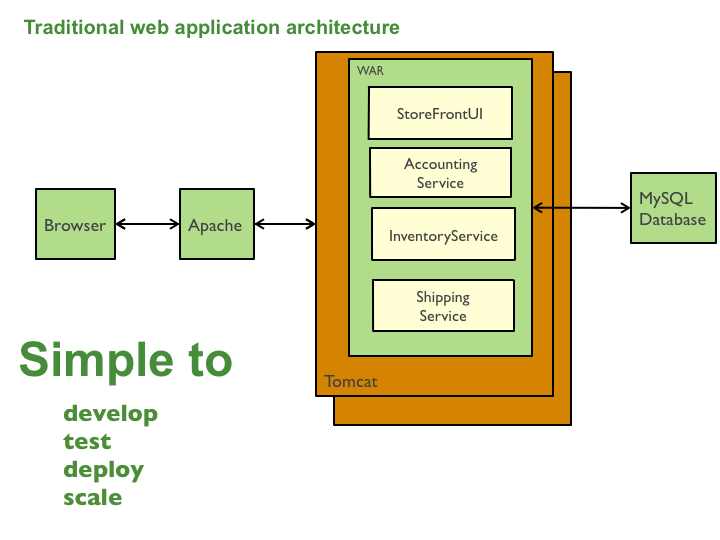
Benefits
- simple to model
- simple to develop
- simple to build
- simple to test
- simple to deploy
- simple to scale
- simple to fail ;-)
Monolithic Software Architecture
Drawbacks
- large growing code base
- entropy increases over time (valid not only for the universe but also for software projects :)
- implementation speed slows down
- time-to-market increases
- continuous deployment is difficult
- long startup times of the application
- eats memory & cpu time
Monolithic Software Architecture
More Drawbacks
- overloaded APIs
- onboarding new developers is fun :)
- scales in one dimension
- scaling of dev teams may be difficult
- often lack of reusability of application components
- long-term technology stack
- mostly synchronized function calls
Monolithic Software Architecture
Misunderstanding
Monolithic Software Architecture
meanwhile in a secret room ...

Microservices Architecture

Benefits
-
Continuous Delivery
- better testability
- improved maintainability
- independent deployment of services
-
Bounded Context
- smaller code base
- faster implementation of new features
- faster application startup
- enables multiple, autonomous development teams
Microservices Architecture
More Benefits
-
fault isolation
- fail-safe
- resiliency
- reliability
- (high) availability
- improved scalability
- no long-term technology stack
- enables polyglott services
- replaceable
- enabler for migration strategies
Microservices Architecture
Drawbacks
- complexity of a Distributed System
- inter-service communication
- need of dealing with partial failures
- distributed transactions
- integration testing
- coordination between teams
- experienced developers needed
- complex infrastructure setups needed
Microservices Architecture
Microservices Architecture
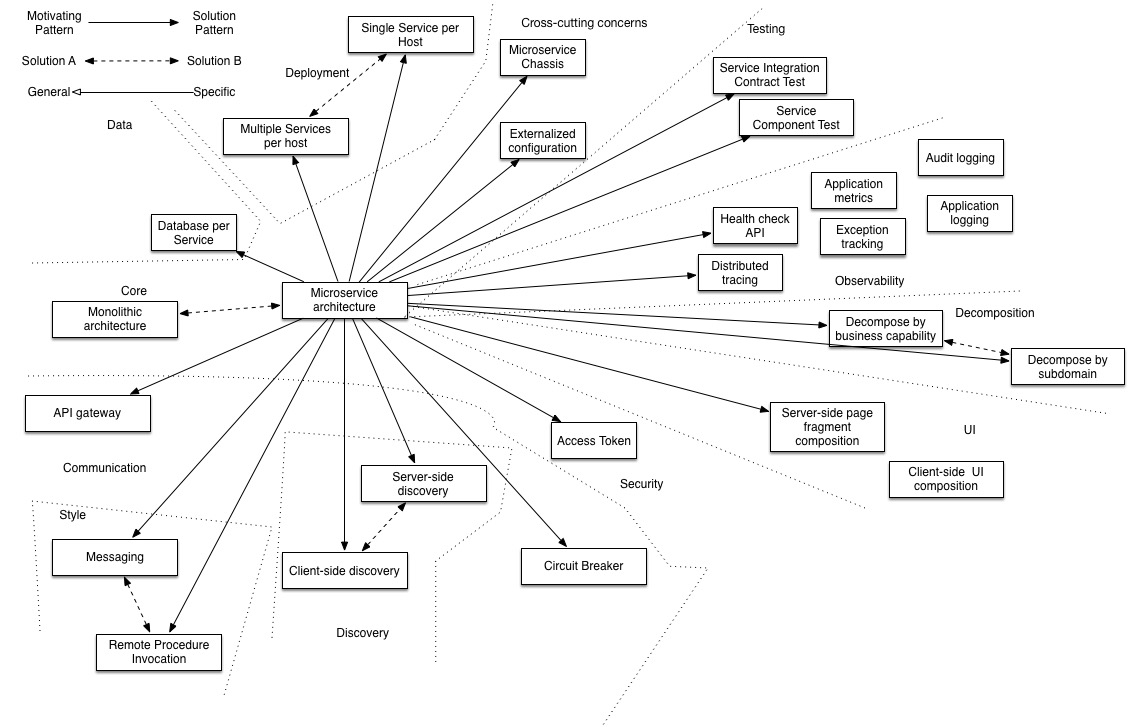
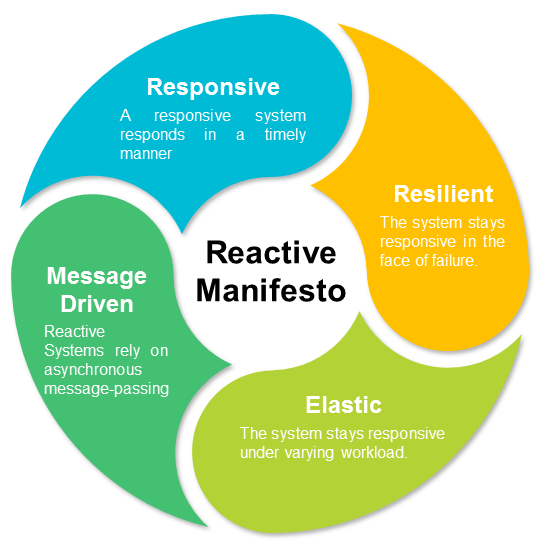
Principles I
- Boundary Context
- testability
- polyglott development landscape
- containerization
Reactive Microservices Architecture
Principles II
- redundancy
- resilience
- elasticity
Reactive Microservices Architecture
Principles III
- loose-coupling and strong bonding
- often provides asynchronous API
- communication enforced via Event Bus
- shared event schema
- implementation-agnostic protocol
- communication enforced via Event Bus
- API-driven design
- internal RESTful API
- callback strategies
Reactive Microservices Architecture
Principles IV
- Microservices don't have to be micro ;)
- Miniservices / CNCF
- Self Contained Systems
- use the well-known patterns, e.g.
- 12-Factor
- Init-container
- Side-car
- Ambassador
- Adapter / Proxy / Facade
- Service Discovery / Mesh
Reactive Microservices Architecture
Message Bus

Subject-Based Messaging
- naming conventions for subjects
- use descriptive, natural language names
- do not remove the verbs
- use past tense sentences for events
- build subject hierarchies
Message Bus

Message Bus
Publish-Subscribe
- Single-Writer Principle
- multiple consumers
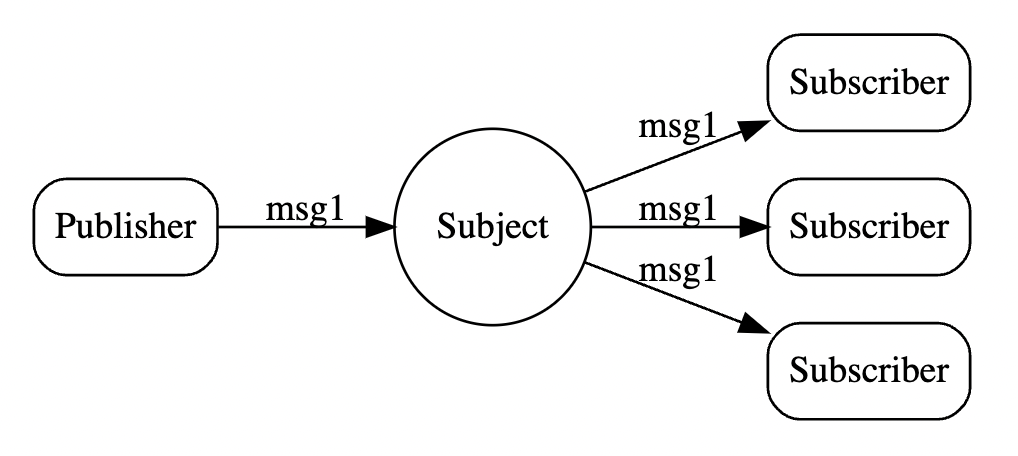
Message Bus
Request-Reply
- receiver client (subscriber) listens to a subject
- requestor client (publisher) makes a request
- receiver consumes the request and sends reply
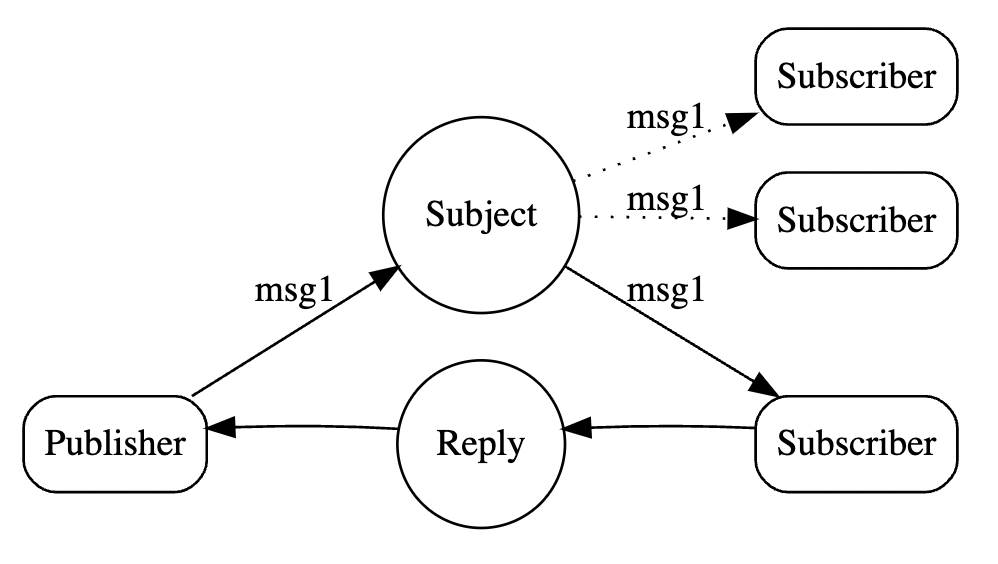
Message Bus
Queue Groups
- implements load-balancing
- enables scaling of consumer replicas
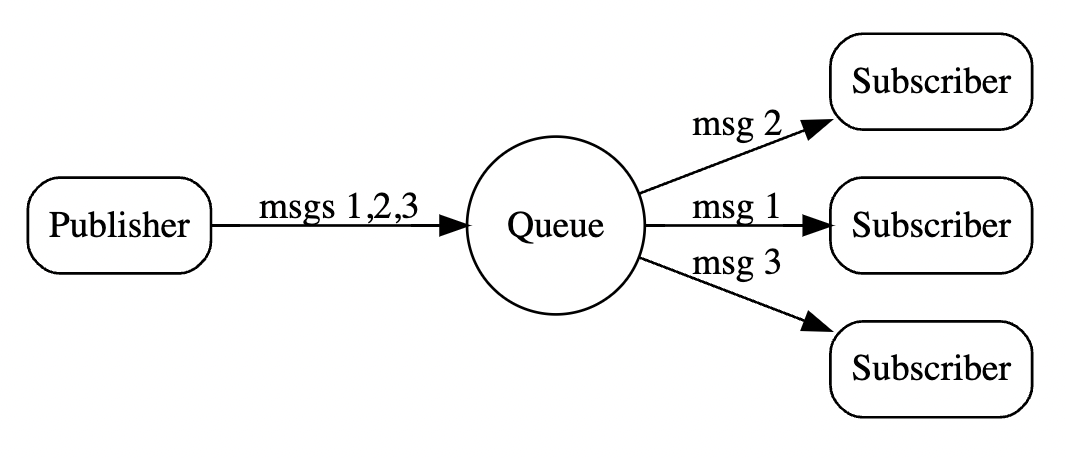
Message Bus
Streams I
- Message Store
- duration, size, and interest are limited
- retention policy
- successfully processed messages get ACKnowledged
- re-delivery of failed messages
- support for durable consumers
- rate limiting for consumers
Message Bus
Streams II
- on a Message Streaming Bus you can
- start consuming from the very beginning
- jump in at any point of time or sequence
- continue after exit and restart
- consume just new messages
- possible scenarios
- re-connection after failure
- connection of a very new client
- re-playing of messages having been consumed before
Message Bus
Delivery Modes /QoS
- No-Guarantee
- zero, one time, or multiple deliveries
- At-Most-Once
- zero or more message deliveries
- At-Least-Once
- one or more message deliveries
- duplicates are possible
- Exactly-Once
- one and only one message delivery
- one and only one message delivery
Message Bus
Acknowledgement
- Auto-ACK
- Manual-ACK
- timeout / waiting for ACK
- Max-In-Flight
- acts as Rate Limiter for message delivery
- "1" ensures every message is processed in order
- attention: never ACK message before it has successfully been processed
Message Format
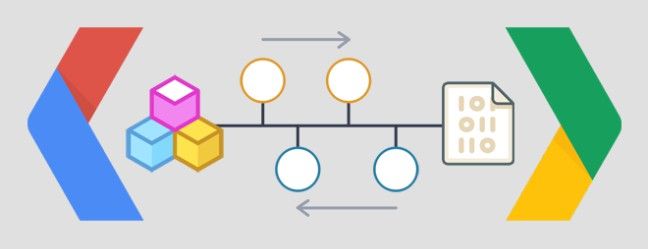
Principles
- specification of event schema via IDL
- protoc compiles IDL spec files to target language
- ProtoBuf is a binary format, but JSON is supported
- support for evolutionary schema design
- allows structuring of messages
Message Format
Structure of a Message
- new types are defined via "messages"
- inner (nested) messages are supported
- import & re-use of existing message definitions
- "oneof" syntax
- "repeated" syntax
- "reserved" and "deprecated" fields
- byte order of message fields
Message Format
Best Practices
- create a centralized Git repo to store event schema
- run a protoc build per target language
- auto-commit generated assets by CI/CD pipeline
- separate event schema into
- meta data
- payload
- think of
- using envelope strategy for e.g. Dead-letters
- merging of messages on binary level
Message Format
Design Patterns

Incremental Retry
- Scenario
- handler fails during consuming a message
- Problem Statement
- event has not been processed successfully
- message should be processed by another instance
- maybe, this issues will reoccur repeatedly
- Proposed Solution
- don't ACK message, it will get redelivered
- increment time delay between redeliveries
Design Patterns
Dead Letter
- Scenario
- handler fails during consuming a message
- processing already failed previously
-
Problem Statement
- messages will be kept on the bus
- retry-count will increase rapidly
-
Proposed Solution
- re-publish failed events as dead letter message
- use a wrapper for dead letter event
- ACK the origin failed message on the bus
Design Patterns
Full Message Payload
- Scenario
- events have lots of data to share
-
Problem Statement
- Microservices should be operated independently
- message bus is able to act as data store
- inter-service communications are too high
-
Proposed Solution
- publisher sends full data payload along with message
- meta data allows the receiver to filter relevant data
Design Patterns
Lightweight Msg Payload
- Scenario
- events have big binary data to share, e.g. media assets
-
Problem Statement
- Microservices should be operated independently
- message bus should not act as data store
- inter-service communications can be high traffic
-
Proposed Solution
- publisher sends RESTful resource link only
- receiver uses resource link to fetch relevant data
Design Patterns
Asynchronous Data Sources
- Scenario
- data is provided by two or more external sources
-
Problem Statement
- all sources are needed to complete the data import
-
Proposed Solution
- implement a light-weight Merger Svc
- wait for all data expected from all related sources
- merge singular events and emit as new message
Design Patterns
Handle Traffic
- Scenario
- our system is composed by a large number of services
-
Problem Statement
- too many events on the bus
- some messages are to big for some consumers
-
Proposed Solution
- implement a light-weight Splitter Svc that slices big message payloads into smaller messages
- use a light-weight Router Svc that consumes messages and pushes them to more specific topics on the bus
Design Patterns
Updated Service Impl
- Scenario
- some Microservice has to be replaced by a new implementation or new version
-
Problem Statement
- we need backwards compatibility
- previous msg schema version needs to be supported
-
Proposed Solution
- implement new container that consumes only messages starting from version X
- keep deprecated container in cluster for version < X
Design Patterns
Chaos Engineering
- Scenario
- we would like to see how Microservices react to events
- testing service resiliency with defect messages
-
Problem Statement
- our system publishes correct messages only ;)
-
Proposed Solution
- implement your own Randomized Event Generator to inject defect messages on the bus
- use the same generator to produce correct messages for testing the behavior of a new service during dev
Design Patterns

Summary: How to build reactive Microservices
Reactive Microservices Architecture
Messaging
- define a message schema via IDL
- platform independency
- evolutionary schema
- meta data and data payload are separated
- apply naming conventions
- consider use of full message payloads
- Single-Writer Principle
- rethink: software components are driven by events
Reactive Microservices Architecture
Application Lifecycle
- what happens during startup?
- chores at shutdown?
Reactive Microservices Architecture
Health Checks
- startup probes: cold start or warm-up needed?
- readiness: ready to serve traffic?
- liveness: alive or dead?
Instrumentation
- Structured Logging
- export of application metrics
- request / event consumer counter
- operational success / failure counter
- latency / duration
- Distributed Tracing
- e.g. add correlation-id to message meta data
Reactive Microservices Architecture
Resiliency & Reliability
- services are allowed and probable to fail
- ability to re-join the running system
- other instances will take over workloads
- idempotency
- services get back into correct and defined state
- incremental retry and failure strategies such as publishing dead letter messages
- redundant data storage
Reactive Microservices Architecture
Microservices Container
- acts as a black box
- is configurable via orchestration best-practices
- k8s config maps
- k8s secrets
- volume mounts
- ENV variables
- behaves like a plugin to our system
- follows at least the https://12factor.net guidelines
- supports asynchronous operations
- supports elasticity by running multiple instances
Reactive Microservices Architecture
THANK YOU!
Alexander Troppmann
Software Craftsman & Architect
- XING: bit.ly/2P4UZoo
- https://www.linkedin.com/in/atroppmann/
- me@talex.dev
